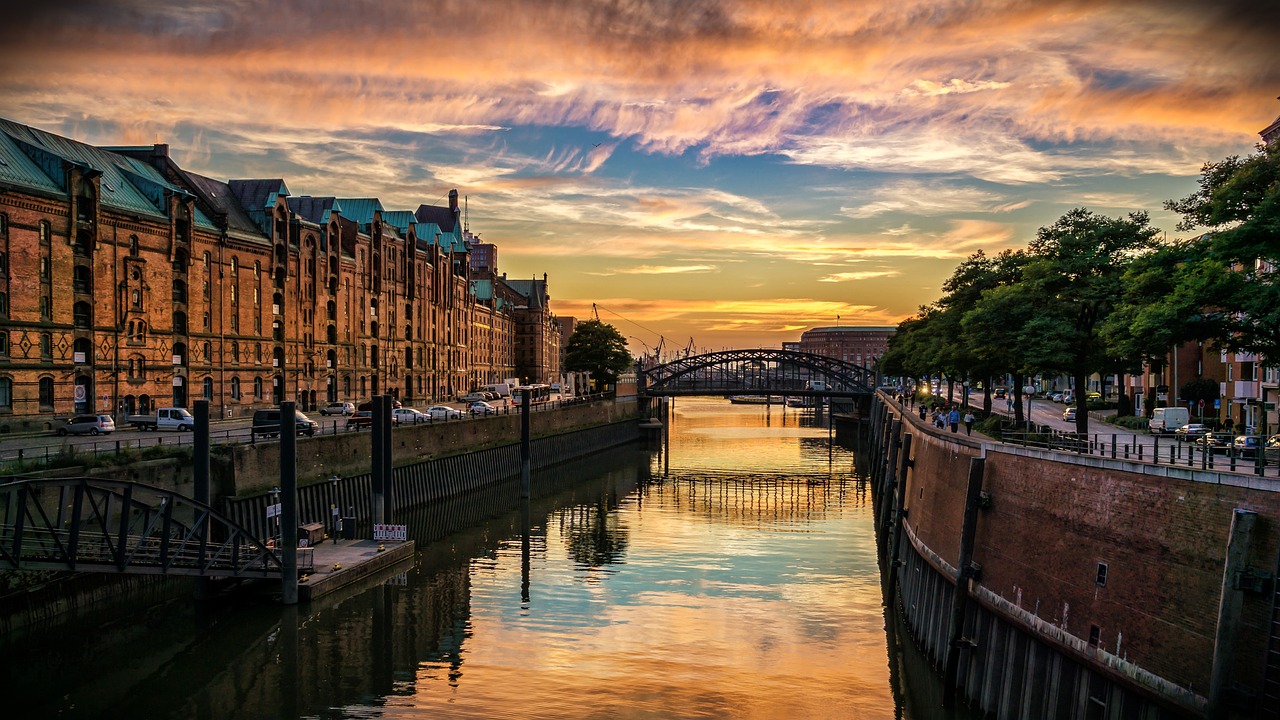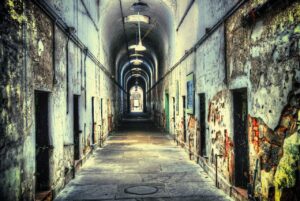When people picture Europe, they often imagine the glittering canals of Venice, the mighty Danube winding through capital cities, or the Thames reflecting London’s skyline. But beneath the postcard views lies another network of waterways — rivers that slip into darkness, carving secret paths underground, flowing unseen for centuries.
These hidden rivers tell stories of geology, history, and human connection. They run beneath cathedrals, under busy streets, and through caves where time seems frozen. To follow them is to peel back the layers of Europe and discover a world most travelers never see.
1. The Lost River Fleet – London, England
Beneath the bustling heart of London, where buses rumble and markets hum, the River Fleet flows in darkness. Once an open waterway where Romans bathed and medieval tanners worked, the Fleet became so polluted during the Industrial Revolution that it was covered over.
Today, it runs in brick-lined tunnels under Farringdon and King’s Cross, emptying into the Thames beneath Blackfriars Bridge. On quiet nights, some say you can hear its murmur through the city’s grates. Urban explorers, with special permission, have followed its course — a journey through Victorian engineering and echoes of a dirtier, grittier London.
2. Ljubljanica – The River of Seven Names, Slovenia
The Ljubljanica is not just a river; it’s a timeline of civilizations. Flowing through Slovenia’s capital, Ljubljana, its underground sections are part of a vast karst cave system. Archaeologists have found artifacts in its waters from every era — Stone Age tools, Roman swords, and medieval coins.
Locals call it the “River of Seven Names” because it appears above ground, disappears into caves, and resurfaces in different places, taking on new identities each time. Paddling along its quieter stretches feels like gliding through a living museum, where history literally lies beneath the surface.
3. The Subterranean Seine – Paris, France
Paris owes much of its charm to the Seine, but it also hides secret streams. The most famous is the Bièvre River, once flowing openly into the Seine. In the Middle Ages, it was lined with tanneries and dyers’ workshops, its waters tinted with the colors of cloth.
Over time, pollution buried it beneath stone and asphalt. Today, sections of the Bièvre have been uncovered in certain neighborhoods, part of a project to bring light — and life — back to Paris’s hidden waters. Standing beside its small, restored banks feels like shaking hands with a ghost of the city’s past.
4. The Timavo River – Italy and Slovenia
Few rivers have such a mysterious journey as the Timavo. It begins in the mountains of Slovenia, flows above ground for a short while, then vanishes into the limestone karst for almost 40 kilometers. It reemerges near Monfalcone, Italy, before meeting the Adriatic Sea.
Ancient Roman writers, including Virgil, spoke of the Timavo as a river sacred to the gods. Today, spelunkers follow its subterranean channels, moving through chambers where water echoes against ancient stone. It’s a reminder that rivers, like stories, can vanish from sight without losing their power.
5. The Pivka and the Postojna Cave System – Slovenia
In southwestern Slovenia, the Pivka River flows into the mouth of the Postojna Cave — a 24,000-meter network of halls, galleries, and passages. Once inside, it becomes part of an underground landscape so surreal it could be a fantasy film set.
For centuries, locals feared these caves, believing they led to the underworld. Today, visitors ride an electric cave train deep into the earth, where the river still runs alongside stone curtains, stalactites, and the strange, pale creatures called “olm” — blind salamanders found nowhere else on earth.
6. The Nerodimka – A River That Splits in Two, Kosovo
Not all hidden rivers stay underground — some hide their secrets in plain sight. The Nerodimka River in Kosovo is one of the rare rivers in the world that splits naturally into two different drainage basins: one flows toward the Black Sea, the other toward the Aegean.
To stand here is to witness a geographical oddity — water deciding to take two entirely different paths, shaping two different landscapes. It’s as if the river can’t decide which story it wants to tell, so it tells both.
Why Hidden Rivers Matter
These rivers aren’t just curiosities; they are lifelines of history and ecology. Many once served as trade routes, powered mills, and sustained early cities. Their disappearance — whether through natural karst landscapes or human intervention — reflects our changing relationship with nature.
In recent years, there’s been a growing movement to “daylight” some of these buried rivers, restoring them to the surface for ecological and cultural reasons. Projects in London, Paris, and beyond aim to give back what was lost — a chance for the city and river to meet again.
Traveling to Find Them
Finding these rivers isn’t always easy — and that’s the beauty of it. Some require guided tours through caves, like the Postojna system. Others, like the Fleet in London, are accessible only through special permissions or historical walking tours that trace their above-ground paths. It’s not always about seeing the water directly; sometimes, it’s about sensing its presence — a curve in the street that follows its old course, a patch of greener grass over a buried stream, or the sudden coolness of air above an underground flow.
A Different Kind of Journey
Travelers often seek out the grand, the visible, the obvious. Hidden rivers invite a different pace — one of listening, noticing, and imagining. They remind us that every city and landscape holds layers of stories beneath the surface.
When you follow a hidden river, you’re not just chasing water. You’re chasing the invisible threads that connect past to present, surface to depth, and people to place.




